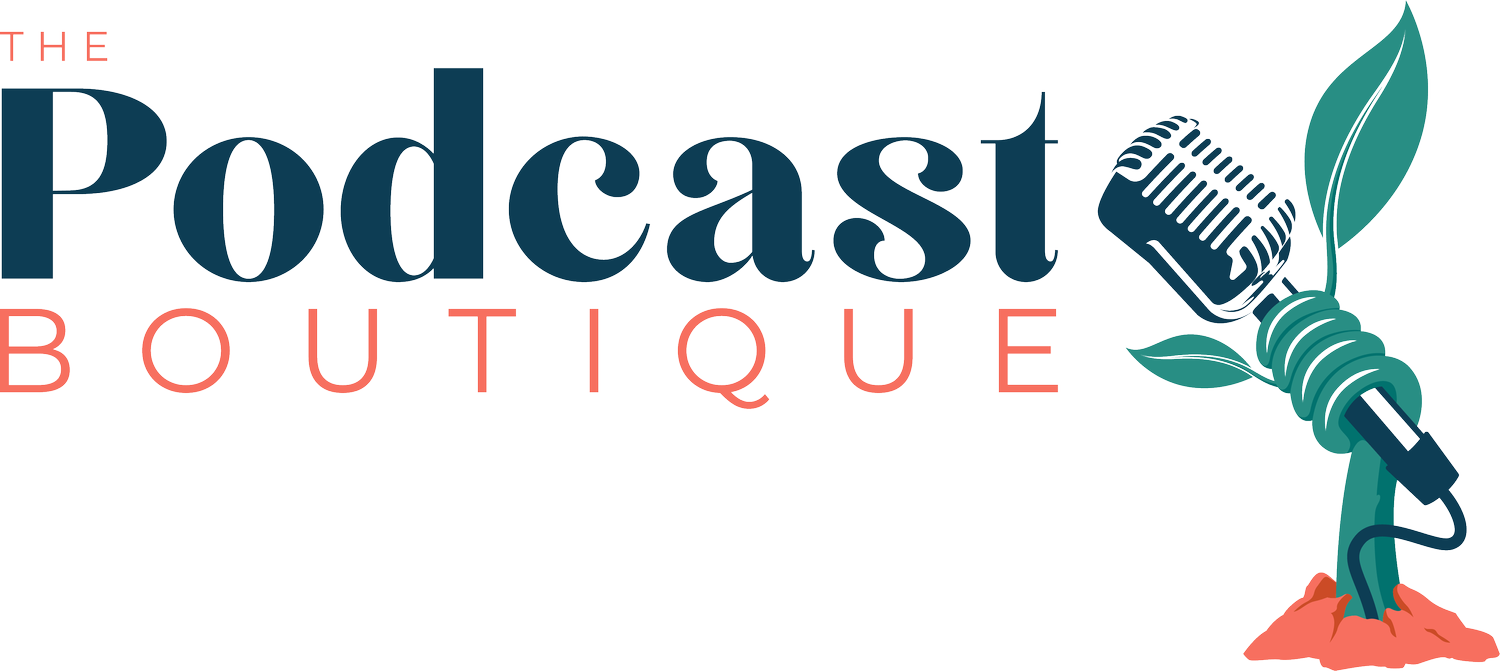Podcasting VS YouTube for Content Creators
Are you trying to decide where to build your community, but can't decide between podcasting and YouTube? This blog post will dissect the nuances of both platforms, so you can choose the perfect medium that resonates with your content creation goals and audience needs.
Understanding the Platforms
Podcasting
A podcast is an episodic series of spoken-word audio files that users can download or stream on demand. To start a podcast, you'll need a decent microphone, audio recording software, and a quiet environment. Podcasts primarily rely on captivating storytelling and engaging topics to attract a dedicated listening base.
YouTube
YouTube, on the other hand, is a video-sharing platform where users can upload, share, and view videos. Starting on YouTube requires a camera (even a smartphone will do), video editing software, and an understanding of visual storytelling. The platform is ideal for creators who thrive on visual content and direct interaction with their audience through comments and live streams. Crucially, YouTube is a video search engine, it isn’t a podcast hosting platform.
Deep Dive into Key Aspects
Audience Engagement
Both platforms boast immense potential for audience engagement, yet they do so differently. Podcasts create a personal space for listeners, it often forms a relationship where the listener feels a one-on-one connection with the host. YouTube facilitates a more dynamic interaction, where creators and viewers exchange through comments, likes, and shares. Youtube also offers a different sense of community within the comment section for listeners.
Content Creation
Creating content for podcasts can be less demanding in terms of equipment and environment compared to YouTube, which sometimes requires more sophisticated gear and settings for filming.
Monetisation Opportunities
Podcast monetisation is typically achieved through sponsorships, merchandise sales, and listener donations. YouTube offers similar monetisation options but adds revenue through ad placements and YouTube Premium subscribers, providing a broader range of earning potential but often requiring a larger audience to generate significant income.
SEO and Discoverability
YouTube benefits from being owned by Google, giving it an edge in search engine visibility. The visual content is also more likely to be shared across social platforms. Podcasts, however, depend heavily on word of mouth and podcast directory placements, requiring effective use of metadata and tags for discovery.
Cost of Entry
Starting a podcast can be less expensive than launching a YouTube channel, especially when considering the costs associated with video production. However, both platforms can be entered at a low cost if creators are willing to start with basic setups and gradually invest in better equipment.
Content Lifespan and Consumption
Podcast episodes often remain evergreen, providing valuable content that is consumable for years. YouTube videos can also have a long shelf life, but the platform's fast-paced nature might require more frequent uploads to keep the audience engaged.
Strategic Considerations
Platform Restrictions and Flexibility
YouTube has strict guidelines that creators must adhere to, while podcasting offers more freedom in content creation and distribution. Both platforms have their own censorship hurdles and operational guidelines that can affect how content is produced and shared.
Integration with Other Media
Both podcasts and YouTube videos can be repurposed across various media. Podcasts can be transcribed into blog posts or developed into video clips, while YouTube content can be easily shared or embedded on different platforms.
Practical Insights
Case Studies and Success Stories
Successful creators like Joe Rogan have leveraged both platforms, starting with podcasting and expanding into YouTube, maximising his reach and revenue. This dual approach showcases how different mediums can cater to varying aspects of the same audience.
Conclusion
Both podcasting and YouTube offer unique advantages and challenges. Your choice should depend on your content style, comfort with technology, and the type of engagement you seek with your audience. Whether you aim to inspire through the spoken word or entertain with visual stories, both platforms can be your stepping stone to success.
Want to know more? Book a call HERE
Podcasting for Business Community
LISTEN TO THE PODCAST ON SPOTIFY
Make it stand out

